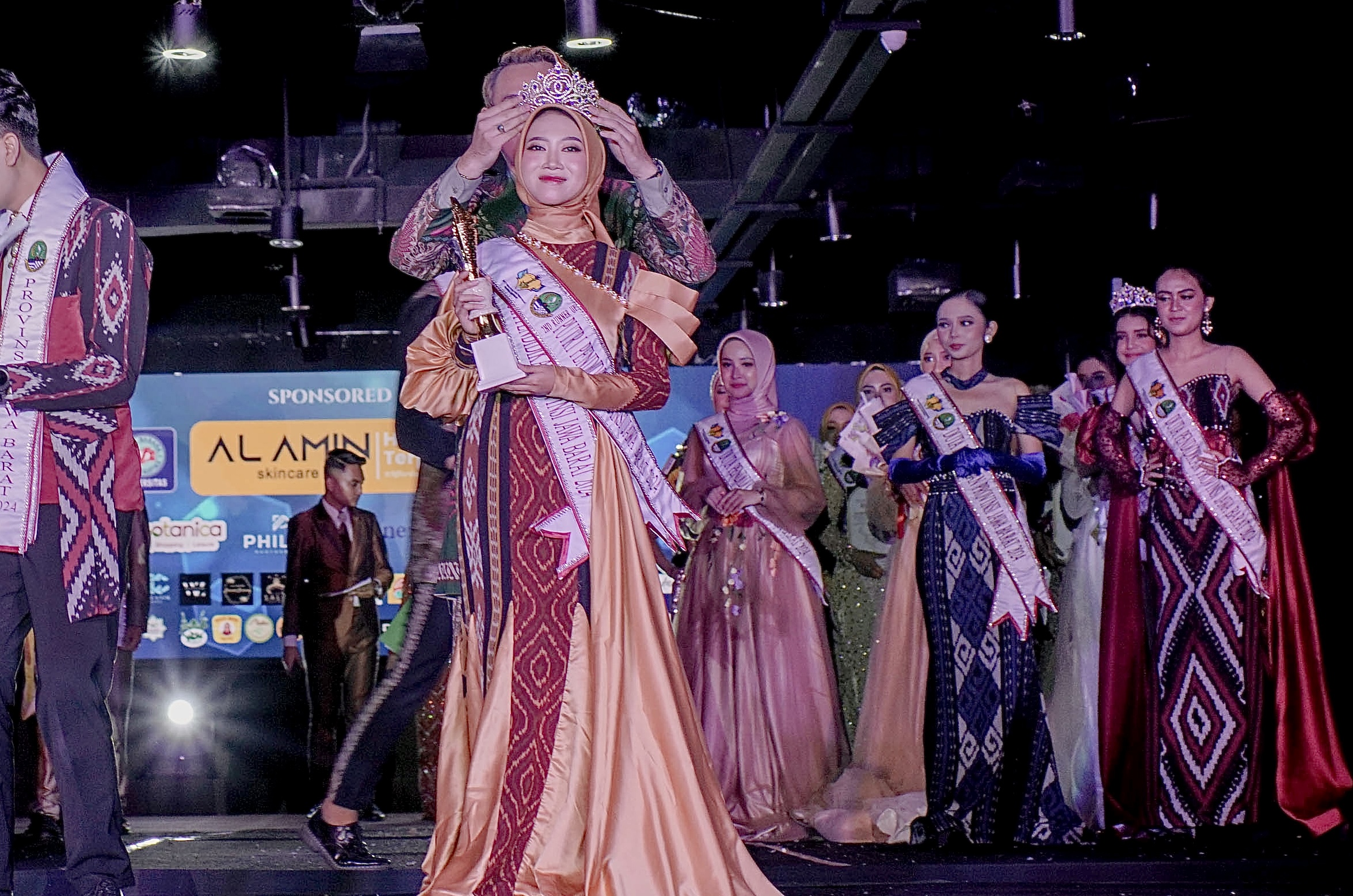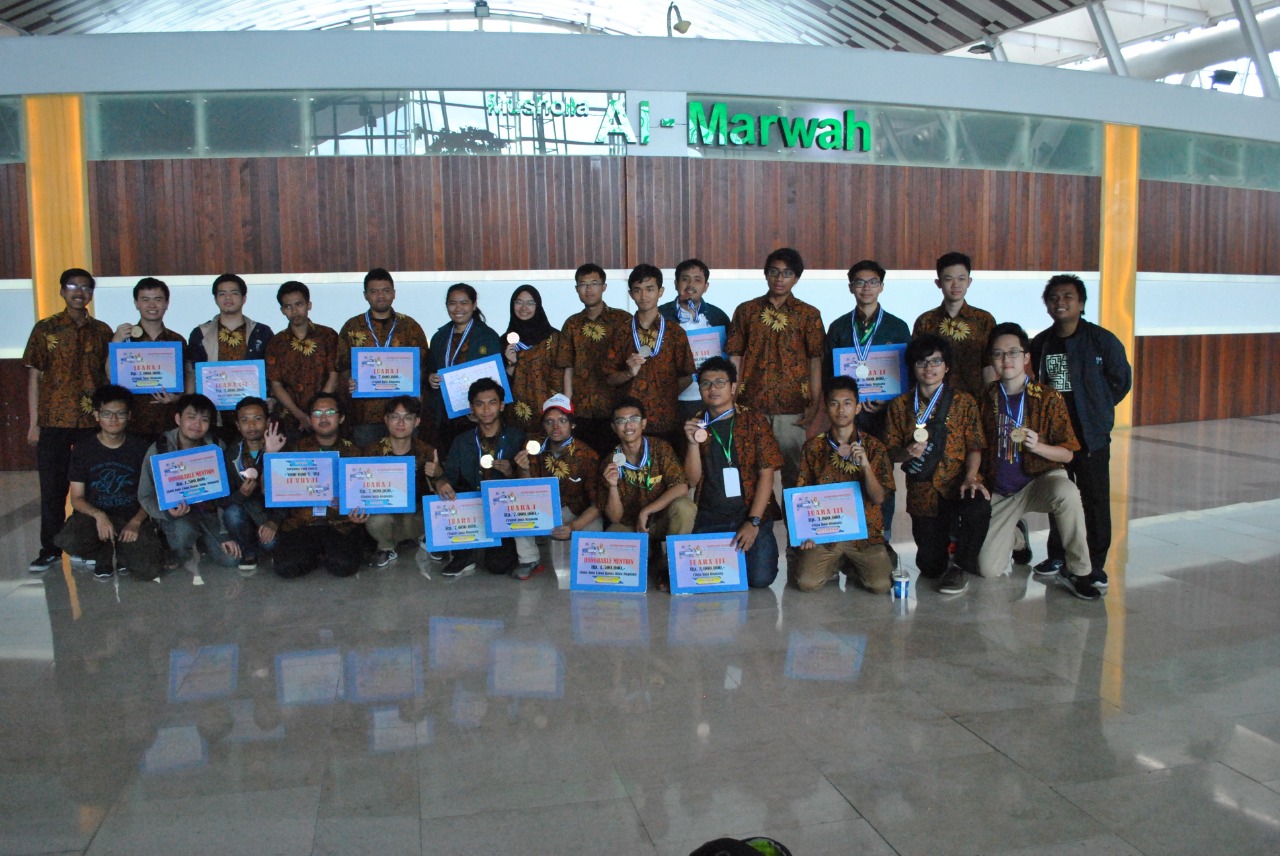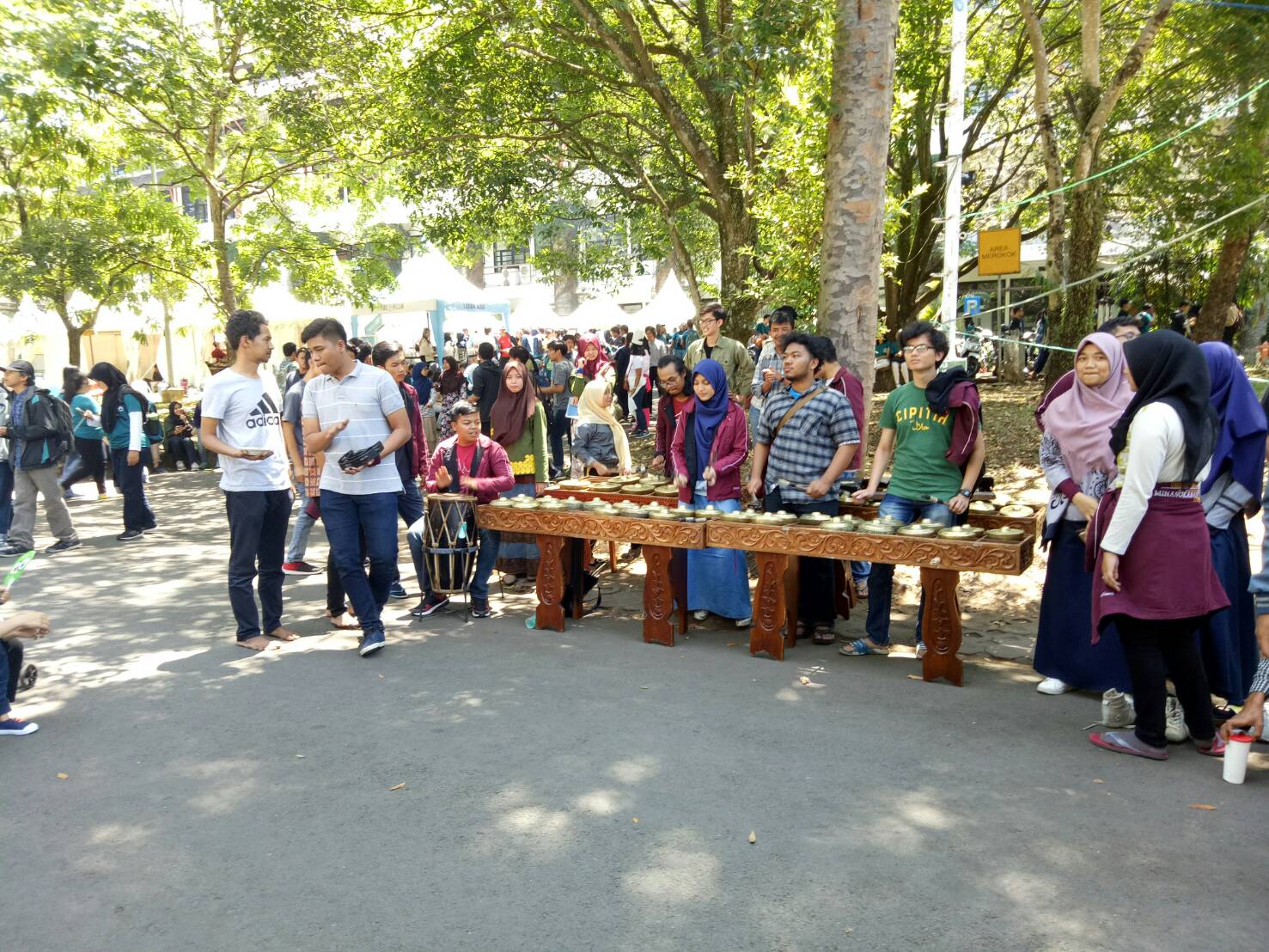ITB Students Gain Achievement in IEPC 2017
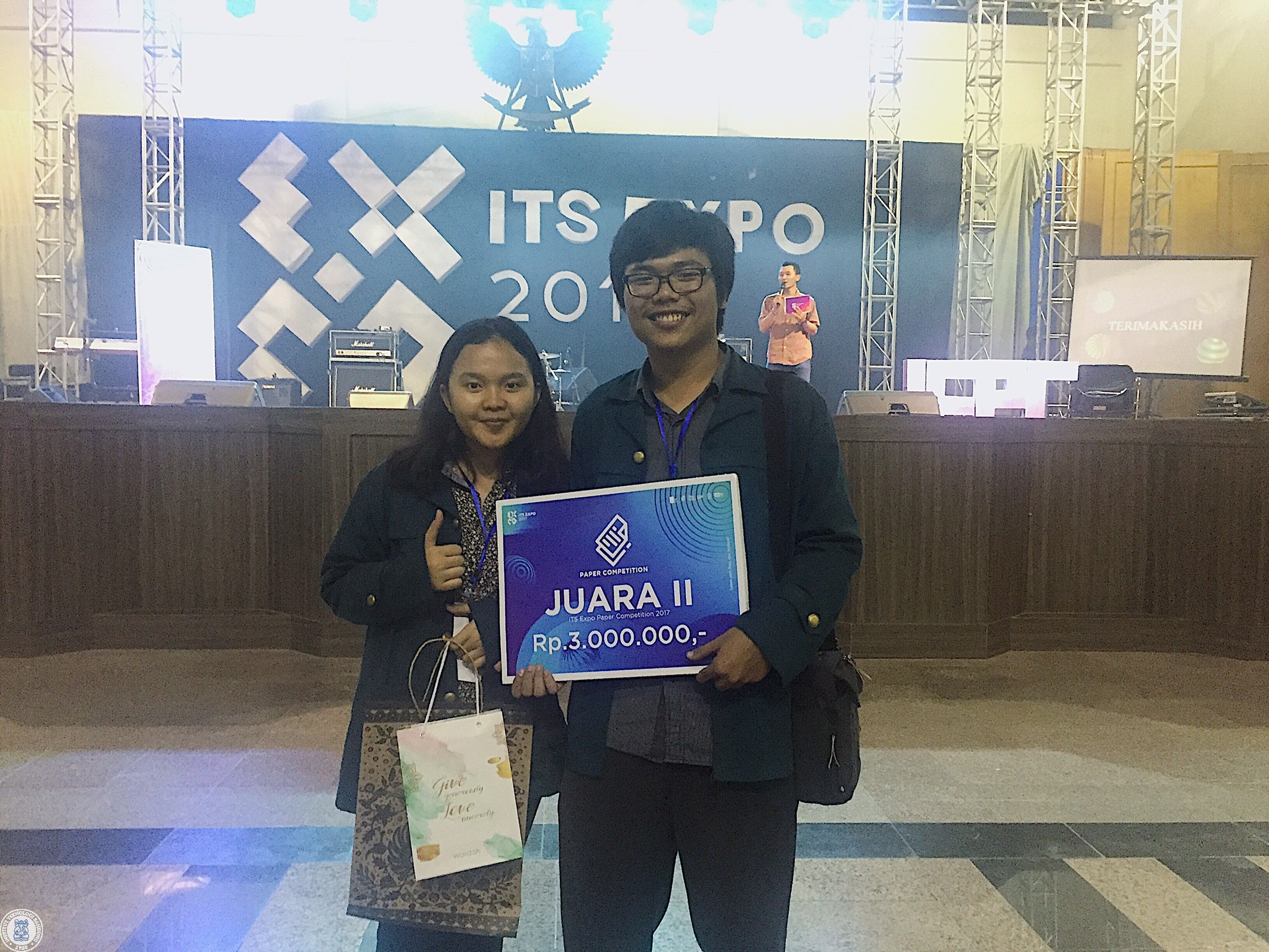
BANDUNG, itb.ac.id – ITB students gained achievement in national competition. This time, it was done by Naomi Febrina Silaban and Juang Arwafa Cita (Bioengineering 2015). Naomi and Juang under Black Soldier Team won the 2nd title in ITS Expo Paper Competition (IEPC) held by Student Executive Council of Institut Teknologi Sepuluh November (BEM ITS). This event was held at Gedung Oedjo Teknik Kimia ITS on Wednesday (01/11/17). Before winning the title, Naomi and her team had to go through several selection phases, from selection of abstract, paper, to presentation of works. The theme carried during the competition was Technology Innovation and Optimization of Natural Resources for Independent Indonesia. Black Soldier Team carried out a paper titled Initial Design of Processing Production System for Rambutan (Nephelium Lappaceum L.) by Applying Biorefinery Concept for Products Diversification and Economic Value Enhancement Efforts to Rambutan.
Rambutan Biorefinery
Biorefinery is a concept that involves transformation of a bio resource into derived products, along with enhancement in economic value of the resources. Refinery concept has been applied in other field such as crude oil processing into aviation fuel, diesel, kerosene, gasoline, etc. The concept does not differ greatly from other refinery concept, except that the materials come from biomass.
In a paper by Black Soldier Team, it is explained about biorefinery in rambutan and its comparison with conventional rambutan process. Rambutan is a specific fruit in South East Asia, including Indonesia. Here in Indonesia, the total amount of rambutan harvest is 737,239 ton/year with the biggest portion comes from East Java for about 16.5%. Rambutan is commonly consumed as it is or processed as canned rambutan, jam, and jelly.
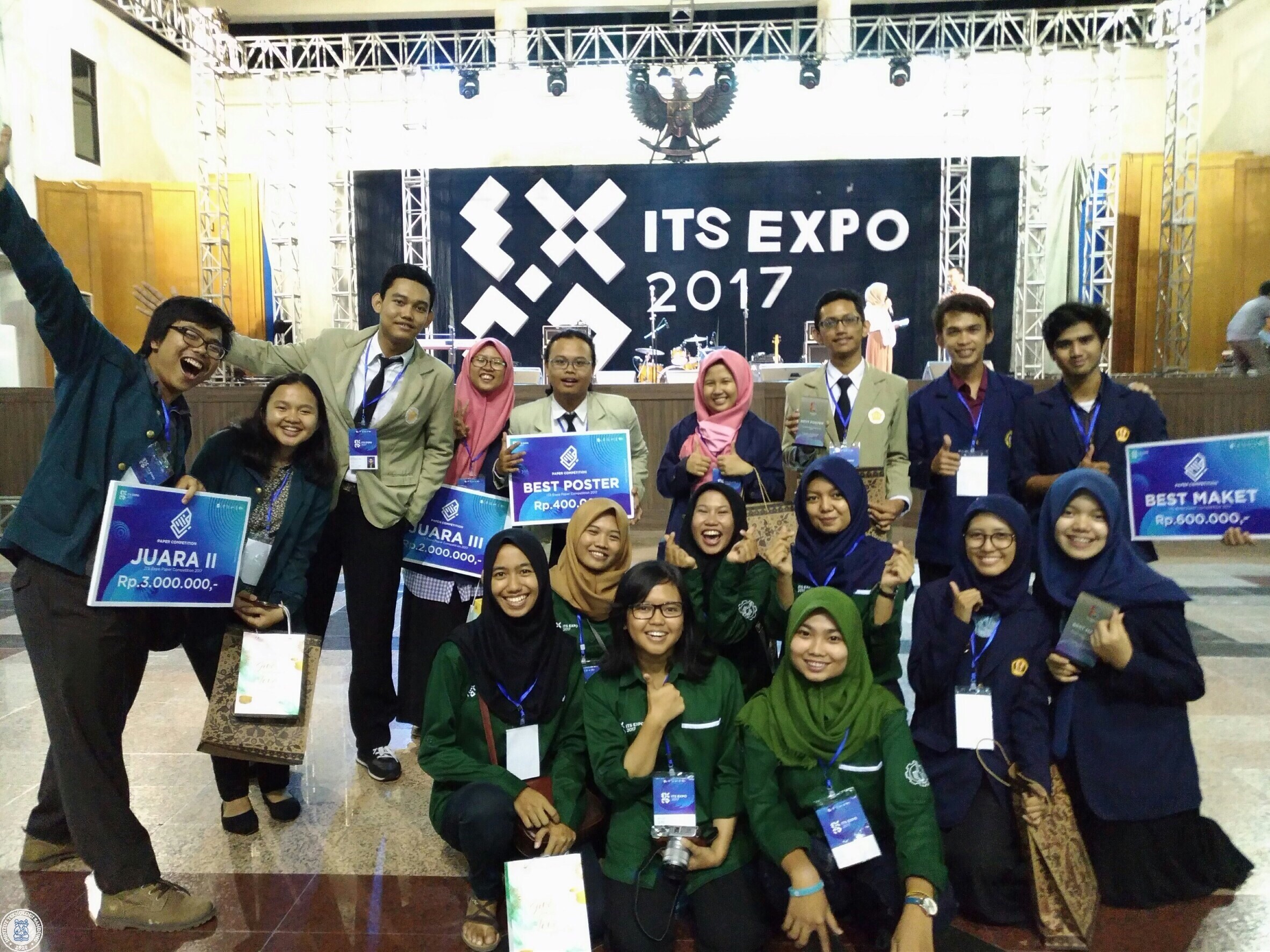 In the paper, Naomi and team offered three main concepts to apply biorefinery to rambutan, which are by optimizing resources, enhancing production revenue, and minimizing waste. In this matter, Naomi and team use biorefinery agent, BSFL. BSFL can convert worthless organic residues into larval biomass and other high economic value products. Using this concept, there can be produced 6 different products from rambutan, which are canned rambutan, skin extract, seed oil extract, Black Soldier Fly Larval biomass (BSFL), leachate, and organic compost. In conventional processing, it only produce one product, canned rambutan. Rambutan skin extract contains geranin, a super antioxidant and could be processed into food supplement. Rambutan oil extract contains edible fat which is a material for cosmetics.
In the paper, Naomi and team offered three main concepts to apply biorefinery to rambutan, which are by optimizing resources, enhancing production revenue, and minimizing waste. In this matter, Naomi and team use biorefinery agent, BSFL. BSFL can convert worthless organic residues into larval biomass and other high economic value products. Using this concept, there can be produced 6 different products from rambutan, which are canned rambutan, skin extract, seed oil extract, Black Soldier Fly Larval biomass (BSFL), leachate, and organic compost. In conventional processing, it only produce one product, canned rambutan. Rambutan skin extract contains geranin, a super antioxidant and could be processed into food supplement. Rambutan oil extract contains edible fat which is a material for cosmetics.
Moreover, the designed process is economically analyzed as to discover the gross revenue. According to Black Soldier, biorefinery to rambutan skin is very profitable. From 120 tons of rambutan the generated gross profit margin is 3.61. Whereas conventional process generates only 2.41 with gross revenue around 2.6 billion rupiahs.
Expectation in the Future
Juang and Naomi said they are happy to bring ITB’s name in national level competition. Juang hopes his team’s work could be developed better. Hence, to achieve that target, there are lots of works and efforts to do. For example, designed process should be reviewed further from technical and economic aspects. Juang hopes this work could be reviewed by many parties and many disciplines. “We hope our paper or idea could gain attentions from many and reviewed by fellow friends of various related disciplines to get it implemented”. He said.
Photo: Source’s Documentation

scan for download



